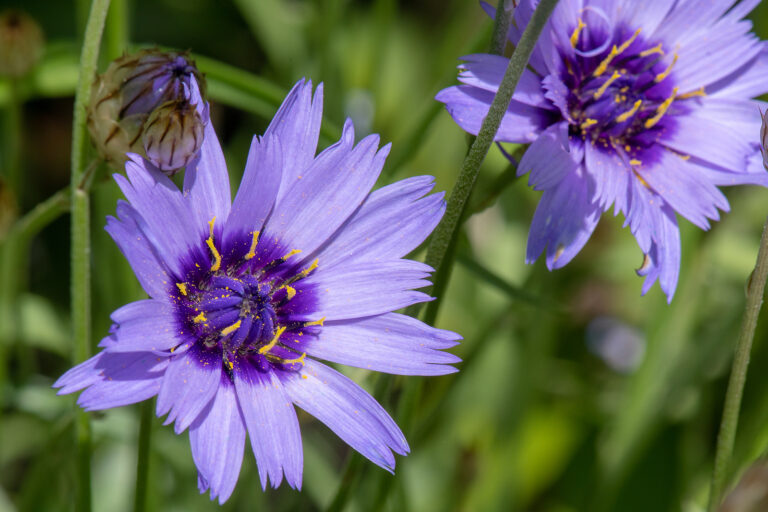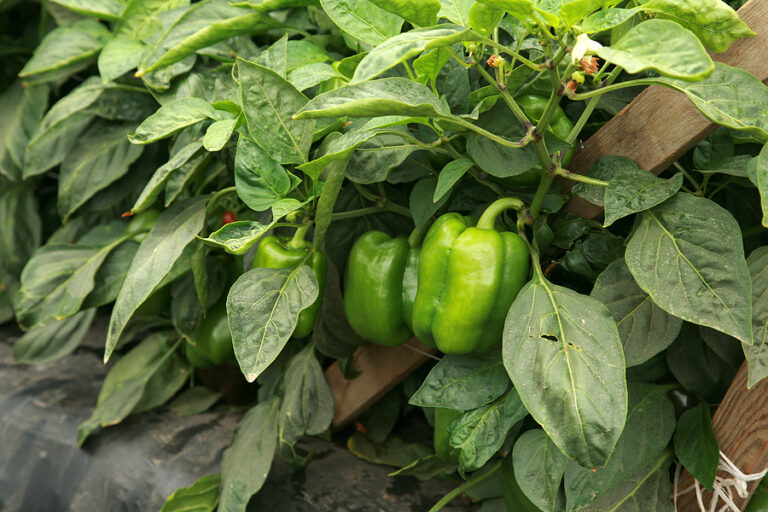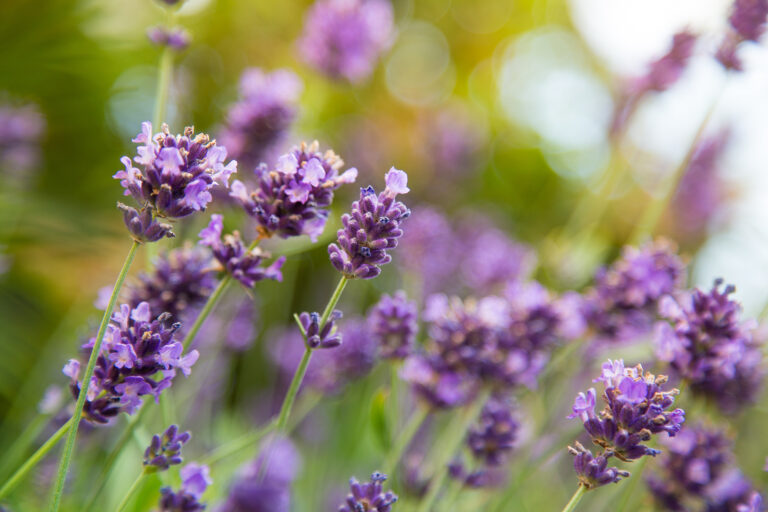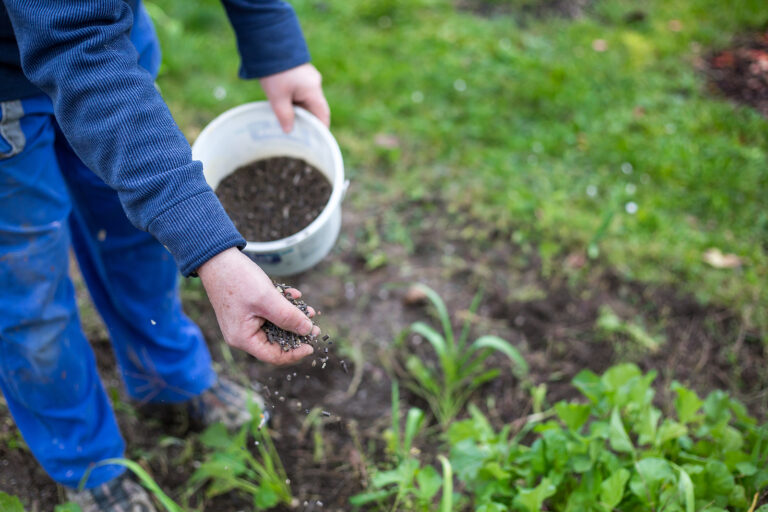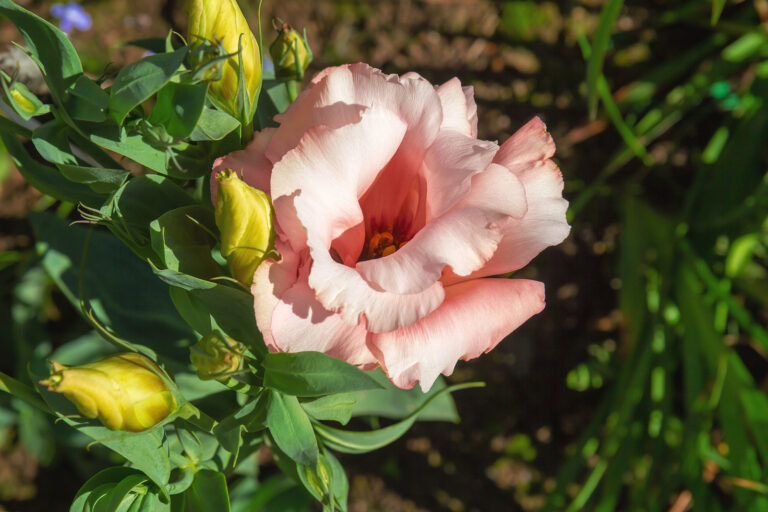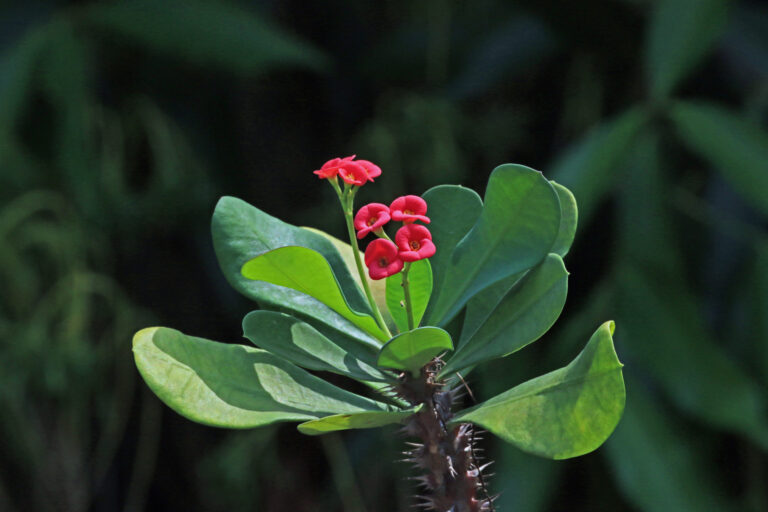How to Grow Balloon Flower — Platycodon
Platycodon–commonly called balloon flower–is a perennial that bears mostly purple-blue flowers opening from balloon-like buds from spring through early fall. The inflated flower buds that look like balloons split open into broad, shallow, bell-shaped flowers.
A single species comprises the genus Platycodon, however, there are several cultivars; some may bear white or pink flowers. Flowers are borne at the end of slender, leafy stems. There are dwarf cultivars and some with semi-double flowers.
Platycodon are clump-forming with lance-shaped bluish-green leaves that are toothed. Leaves turn almost clear yellow in fall. Plants grow from 12 to 24 inches (30-61cm) tall.
Platycodon thrives best in deep, well-drained, sandy loam soil. They are a good choice for flower borders and rock gardens.
Platycodon is easily grown from seed sown in early spring or propagated by division also in spring.
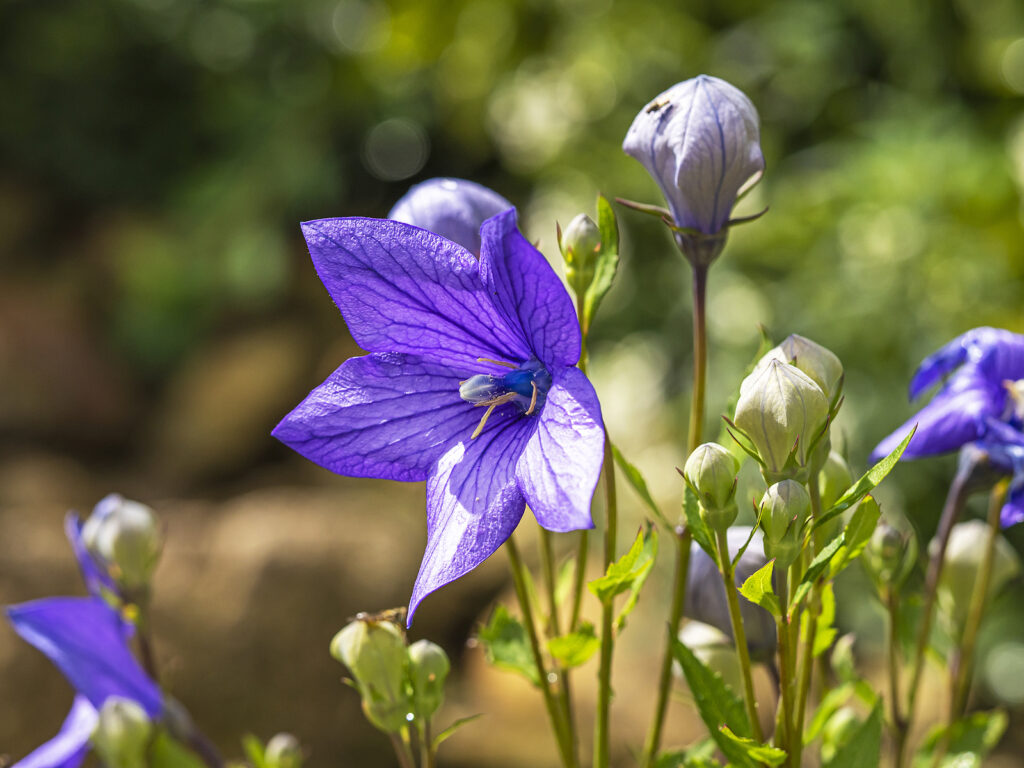
Get to know Platycodon
- Plant type: Herbaceous perennial
- Growing Zones and range: Zones 3 to 8
- Hardiness: Hardy to -35°F (-37°C) plants die back completely in fall or winter
- Height and width: 12 to 24 inches (30-61cm) tall and wide
- Foliage: Ovate to ovate-lance-shaped, toothed, bluish green leaves
- Flowers: Bell-shaped flowers; buds swell into puffy “balloons’ before opening into rounded bells
- Flower colors: Blue, pink, white
- Bloom time: Midsummer to fall
- Uses: Mixed flower garden beds, borders, cottage gardens, rock gardens
- Common name: Balloon flower, Chinese bellflower
- Botanical name: Platycodon grandiflorus
- Family name: Campanulaceae
- Origin: Meadows in Eastern Asia
Where to plant Platycodon
- Plant Platycodon in full sun in Zones 3-6; plant in light afternoon shade in Zones 7-8. Plants growing in full sun are likely to need staking.
- Grow Platycodon in humus-rich, deep, well-drained soil.
- Platycodon prefers a soil pH of 5.5 to 7.5.
Platycodon uses and companions
- Use Platycodon at the front of an herbaceous border or in a rock garden.
- Platycodon is a good addition to a midsummer border.
- Platycodon are good cut flowers.
- Good garden companions for Platycodon include Astilbe, Campanula, Heuchera, Hosta, Malva.

When to plant Platycodon
- Set Platycodon in the garden in spring or fall.
- Sow seeds indoors a few weeks before the last frost in spring; sow seeds in the garden after the last frost in spring.
- Container-grown plants are best set in the garden in spring or autumn, not in the summer heat.
Planting and spacing Platycodon
- Platycodon can be started indoors in six-packs or individual pots filled with clean seed-starting mix. Sow seeds 1/8 inch deep.
- Sow seeds in the garden in finely prepared soil; sow seeds 1/8 inch deep. Sow seeds where plants will grow; Platycodon does not like being moved once established.
- Space balloon flowers 12 to 24 inches (30-61cm) apart.
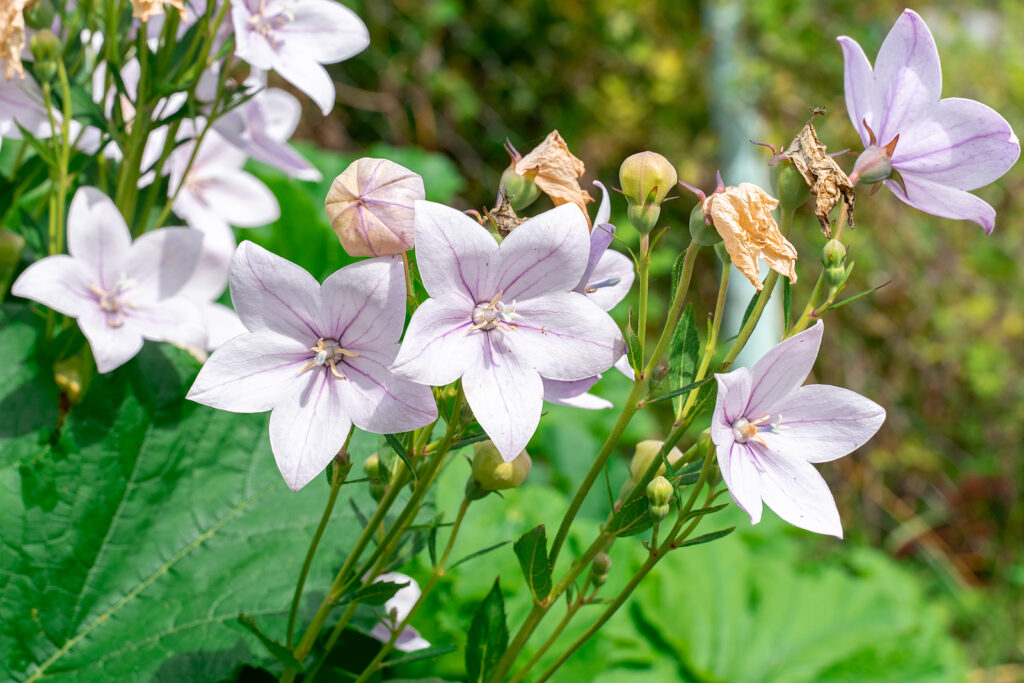
How to water and feed Platycodon
- Platycodon wants ample moisture; keep the soil evenly moist.
- Fertilize Platycodon occasionally with an all-purpose fertilizer or work slow-release fertilizer into the soil in spring.
Platycodon care
- Mulch around Platycodon to keep the soil evenly moist.
- Tall Platycodon cultivars require staking so they do not flop over.
- Trim spent flowers to encourage new blooms.
- Cut back plants by one-third after flowering to promote new growth.
- Mark plant locations in fall before plants go dormant; plants will reemerge in spring.
- Platycodon are commonly pest free.
Platycodon pests and diseases
- Platycodon are usually trouble free, but may be attacked by slugs and snails.
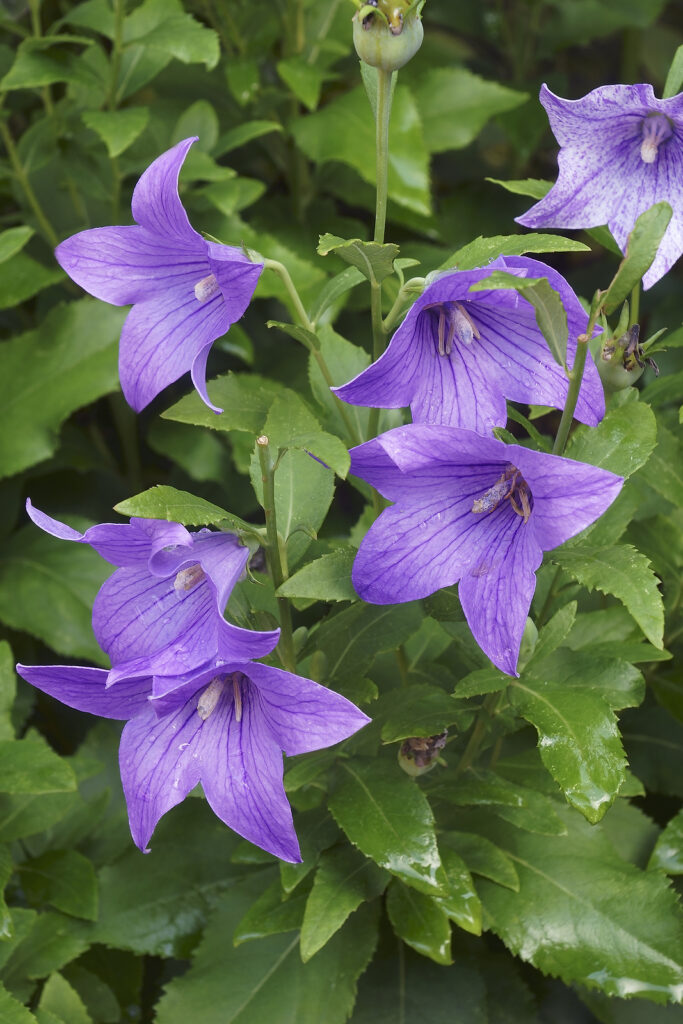
Platycodon propagation
- Platycodon can be propagated by seed, division, or cuttings.
- Platycodon seeds will germinate in 10 to 15 days at 65° to 75°F (18°-24°C).
- Most Platycodon cultivars grow true from seed, and plants tend to self-sow.
- Platycodon seldom need division apart from propagation. Divide plants in spring or early fall and replant divisions immediately.
- Rooted shoots sometimes appear at the base of clumps; they can be separated from the clump and replanted.
- Softwood or semi-ripe cuttings can be rooted in early summer.
Platycodon species and cultivars to grow
- Platycodon grandiflorus. Long-lived perennial grows to 24 inches (61cm) tall and bears 2-inch wide blue-violet, lilac-blue, pink, or white flowers from early summer to mid-summer. Subspecies ‘Mariesii’ bears purple-blue flowers; ‘Sentimental Blue’ has lilac-blue flowers; ‘Shell Pink bears pale pink flowers; ‘Double Blue’ bears double lilac-blue flowers; Fuji Series have white, pink, and blue flowers.


